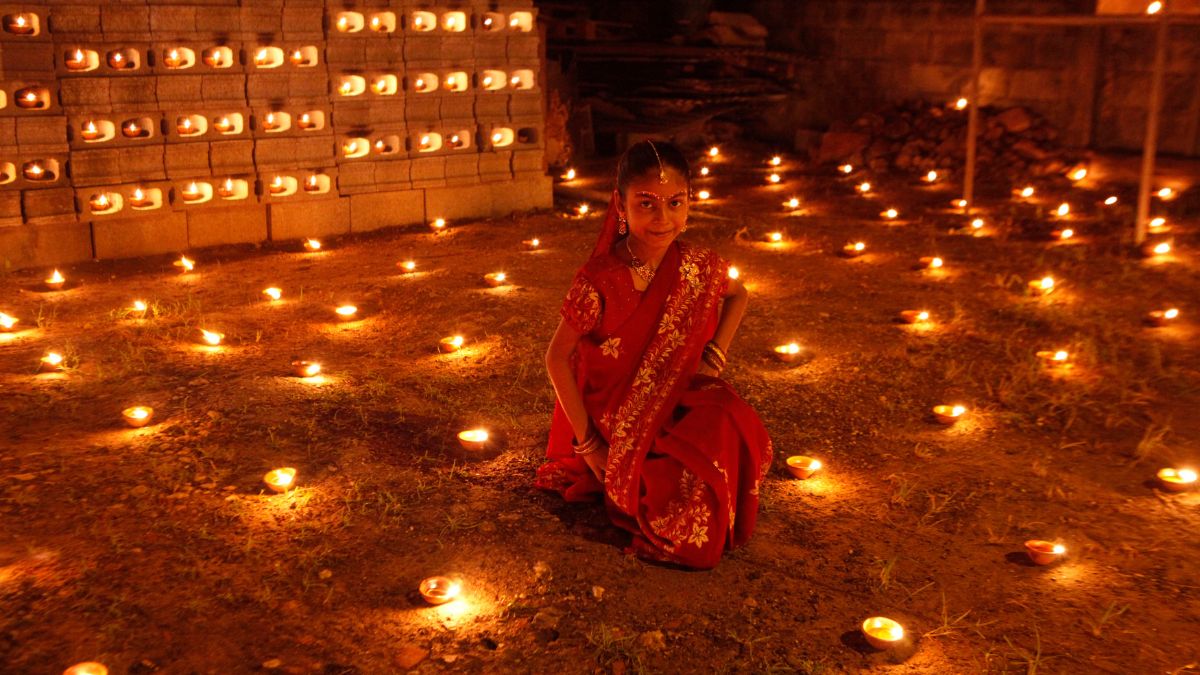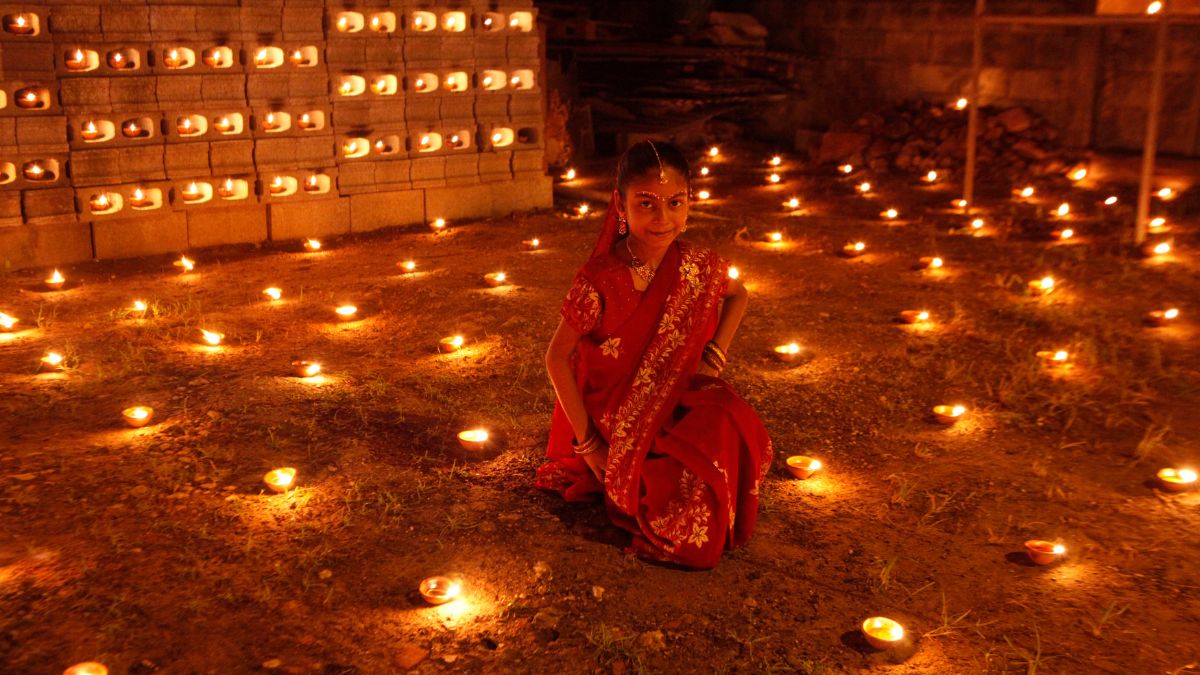'Impossible to vaccinate all 500 lions in Gir,' says senior Gujarat official; forest department unsure what killed 23 big cats
Ajay Suri
• October 8, 2018, 08:57:02 IST
Gujarat Principal Chief Conservator of Forests (Wildlife), Akshay Kumar Saxena, debunks reports that all 500 lions in Gir National Park will be vaccinated, says “It is not humanly possible to round up 500-plus wild lions and vaccinate them.”
Advertisement
Find us on YouTube

No rain in Delhi after cloud seeding trials. Why did the experiment flop?
Delhi conducted cloud seeding experiments to induce artificial rain and reduce pollution but saw no rain due to low moisture in clouds. Despite no rain, the cloud seeding trials led to a slight improvement in air quality, with PM2.5 and PM10 levels dropping in targeted areas. More cloud seeding experiments are planned, depending on atmospheric conditions, to further address Delhi's pollution issues.
More Impact Shorts

)
)
)
)
)
)
)
)



